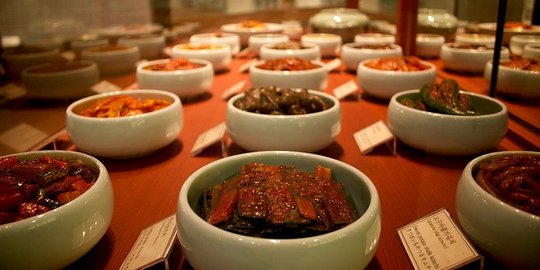Food museums provide intriguing glimpses into the various ways that food affects our cultures, history, and personal experiences. Food museums explore the complex link between food and cultural identity. They feature displays about specific meals, crops, and global culinary traditions. These museums provide insights into food transformations and preparation methods. Visitors are encouraged to reflect on their own food-related memories and traditions. Additionally, these institutions serve as unique platforms for education, research, and community engagement. They examine food’s historical and cultural aspects, and sometimes its unexpected facets. Moreover, through various exhibitions, food museums prompt us to reconsider our dietary choices and reasons. Ultimately, they enhance our awareness of food as a fundamental and unifying element of human life.
The Historical Role
Food has historically fulfilled a variety of functions in museums and cultural spots. Art showing affluence and travel, displays of cooking and eating tools, exhibitions of ‘other’ cultures, nutritional and biological knowledge, and historical recipes and cookware are illustrations of this. The variation exemplifies the multiple layers of food in human culture and history.
Early Forms
Since their inception, edible delicacies have been included in museum exhibitions, frequently complementing collections. It subsequently turned into living setting, in which food is utilized to depict daily life, making history and culture palpable and relevant.
Community Spaces
Food museums function as community gathering places, educational institutions, and cultural heritage locations. They enable people to examine their personal and cultural relationships to food while also providing opportunities to exchange tales and experiences. Through food, this participative method aids in comprehending the common human experience.
The educational Impact
Food museums not only give gastronomic insights but also educational opportunities. They combine aspects of history, science, nutrition, and art in order to render learning about food a fun and involved experience.
Famous Gastronomic Galleries
Disgusting Food Museum, Malmo, Sweden:
The Disgusting Food Museum in Sweden encourages visitors to think differently about their perspectives of what is appetizing. It raises cultural awareness and explores the idea of distaste in eating by displaying delicacies from all over the world that might look unpalatable to some.
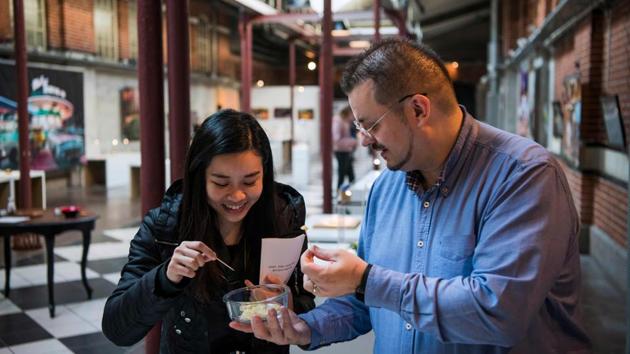
Museum of Pizza, New York, USA:
The Museum of Pizza in New York is a lively celebration. It marks the popularity of pizza, a global favorite. This museum delves into pizza’s history. Additionally, it explores its global cultural impact. There are interactive exhibits for engagement. Of course, pizza tasting is included too.
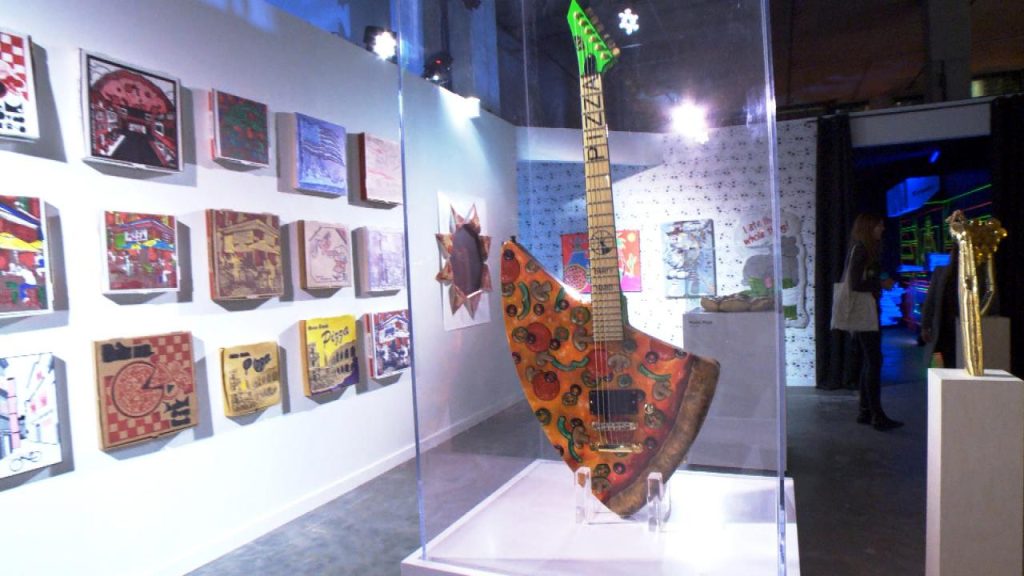
Museum of Pasta, Rome, Italy:
The Museum of Pasta in Rome provides an in-depth look into the world of pasta, an essential component of Italian cuisine. It dips into numerous types of pasta, production procedures, and the evolution of its recipes in Italian cuisine.
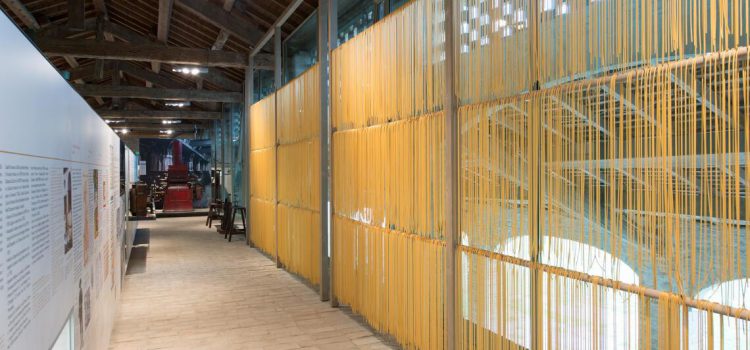
Jell-O Museum, New York, USA:
In New York, the Jell-O Museum goes into the history of this famous dessert. It looks at the transformation of Jell-O from a basic gelatin dessert to a cultural phenomenon, demonstrating its unique role in American history and advertising.
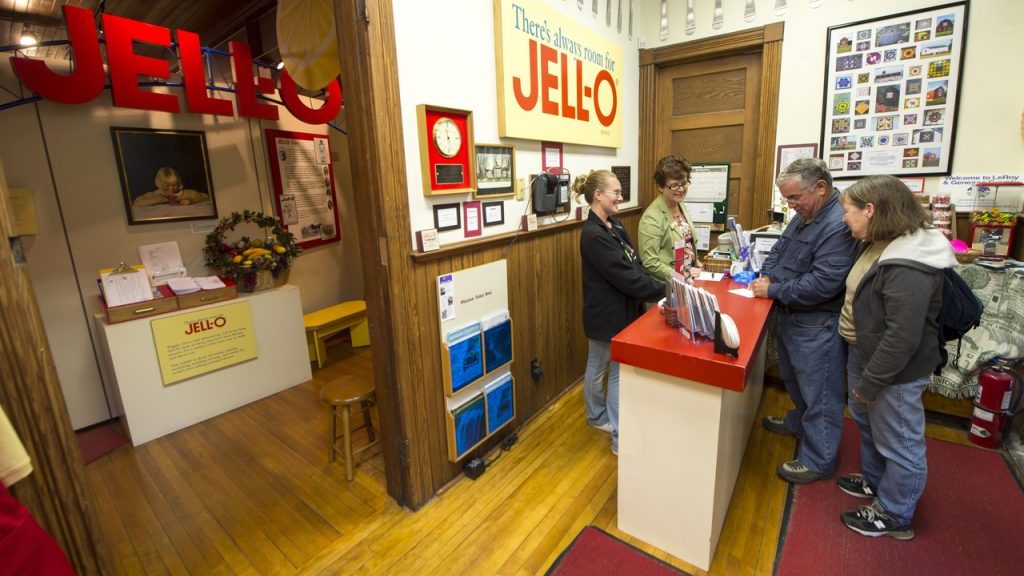
Canadian Potato Museum, O’Leary, Canada:
The Canadian Potato Museum, situated on Prince Edward island, devotes itself entirely to the humble potato. It promotes the multitude uses of this basic crop by covering its history, agricultural relevance, and influence on cuisine around the world.
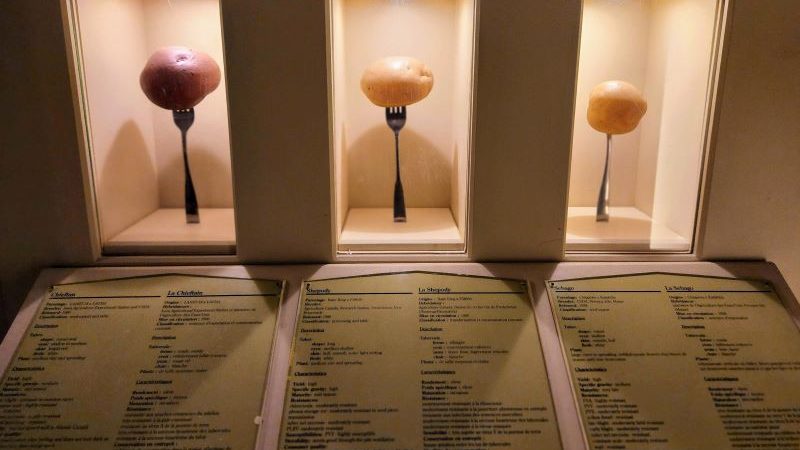
Gastronomic galleries are a unique combination of culture, history, and cuisine, providing insight into the various ways in which cultures relate to food. They not only conserve culinary traditions, but also challenge perceptions and foster global food practices examination. From the Disgusting Food Museum’s bizarre exhibitions to the Museum of Pasta’s historical insights, these museums celebrate the universality of food. They are crucial communal places that develop cross-cultural associations and understanding. Food museums, as storage facilities of culinary legacy, play an important role in chronicling and disseminating the rich and diverse story of our relationship with food.

